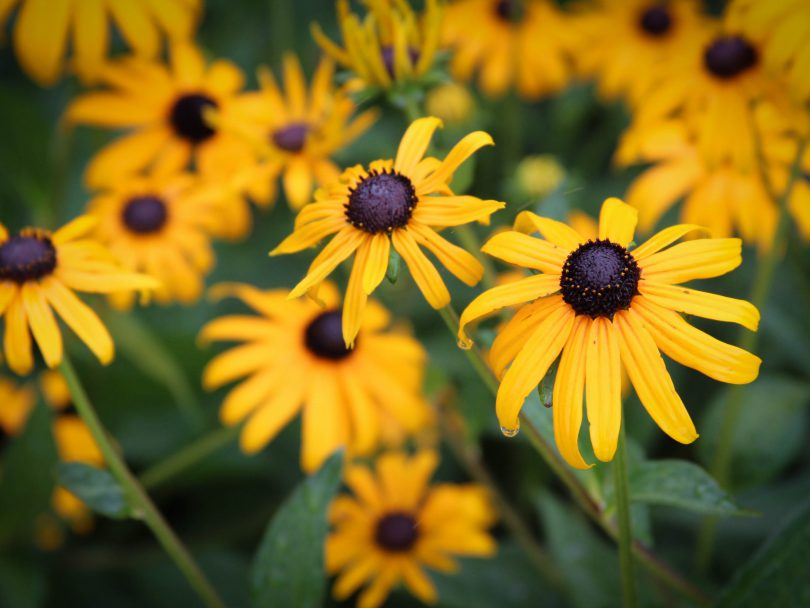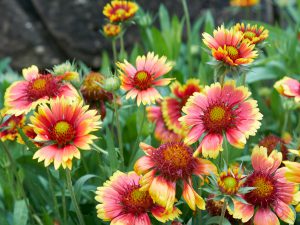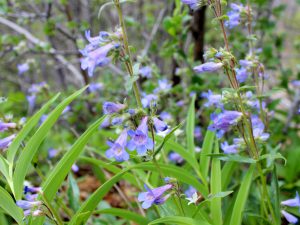By Vicki Spencer, Master Gardener
When you hear people talking about native plants, they are referring to those that existed in the United States prior to European settlement. The benefit of planting natives is that they are naturally adapted to the climate, soil and environmental conditions of their original habitat. This means they require less water, less fertilizer and less maintenance. What could be better than having more time to relax and enjoy your garden?
Recent interest in natives may have arisen because of the need to conserve water, but growing natives can have an even greater impact as biodiversity is being lost to increased development of open spaces. Natives help prevent the introduction and spread of noxious weeds; they provide critical habitat for native insects that have a specialized relationship with them; and they are more resistant to diseases.
To reap the benefit of natives, plant them in areas that best approximate their natural environment, or life zone. In Colorado, there are five life zones defined by different plant communities. The eastern plains are dominated by grasslands and riparian cottonwood trees. The foothills are defined by Gambel oak and mountain mahogany. The Upper Sonoran zone of western Colorado and the San Luis Valley is characterized by semidesert shrub lands and piñon pine-juniper woodlands. At 8,000 to 9,500 feet altitude, the montane area is defined by ponderosa pine, Douglas fir, lodgepole pine and aspen woodlands. Finally, the alpine zone above 11,500 feet is mostly treeless tundra. Consequently, a tree or plant that is native to the alpine zone would not be well-suited to the low altitude eastern plains.
When selecting plants, you will want to consider microclimates in your yard. A south-facing area with strongly reflected heat might be suitable for dryland plants while a cooler, north-facing area with moist soil would be better suited for forest edge plants. Dryland or desert plants, such as Indian ricegrass, Indian blanket flower, yarrow and yucca, which require more sunshine and less water, flourish along the eastern plains and the southwest. Along the Front Range, bee balm will flower heavily in sunny areas with moist soil while pussytoes will provide a lush ground cover with pink flowers in dry, clay soil.
In montane areas, Rocky Mountain columbines, lupines and gentian thrive in cool, moist soils. Rocky Mountain penstemon (30 inches) or the shorter Blue Mist penstemon (12 inches) are just two of more than 200 species native to Colorado that are well-suited to sunny or partially sunny areas. Mountain gardeners should avoid introduced penstemon hybrids as they are not as cold hardy. Lovely accents to mountain rock gardens include showy goldeneye, tansy aster and black-eyed Susan. High-altitude gardeners may also enjoy golden coneflower with its double yellow flowers and mountain bluet flower with its striking thistle-like flower heads.
Consult with your local nursery about plants that are native to your life zone. If natives are difficult to find, you can reap similar benefits with nonnatives that have adapted to your specific life zone landscape.
Gardener Vicki Spencer has an eclectic background in conservation, water, natural resources and more.



